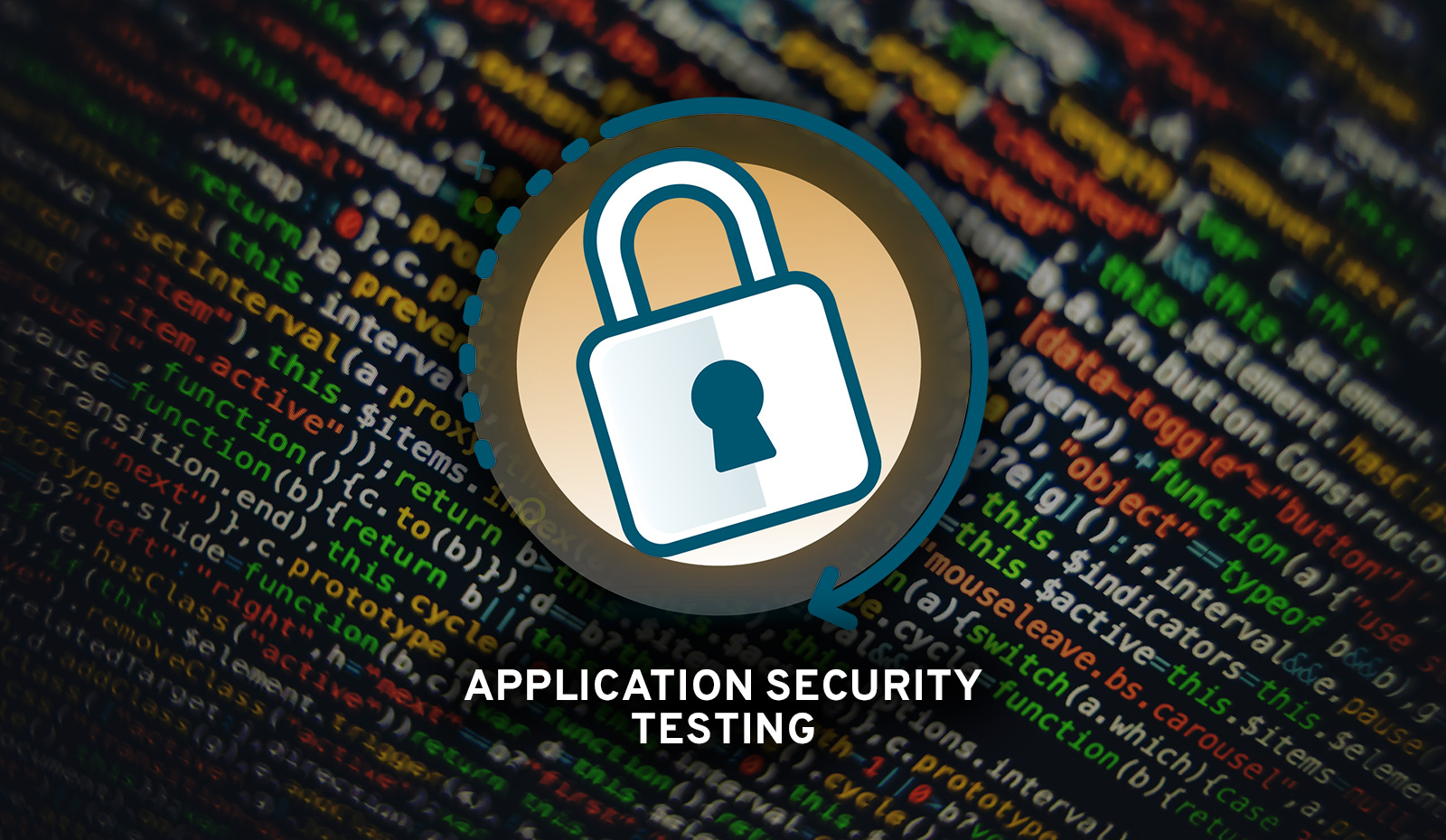Introduction: Because technology is developing so quickly, it is crucial to make sure software programs are secure. Developers and companies are increasingly using Software Application Security Testing (SAST) to strengthen their digital defenses as a result of the growing sophistication of cyber attacks. We explore the complexities of SAST, how it fits into the software development cycle, new trends, and difficulties it poses in this piece.
Understanding Software Application Security Testing (SAST)
Software Application Security Testing (SAST) is a proactive approach to identifying and rectifying security vulnerabilities within the code of an application. Unlike other forms of security testing, such as Dynamic Application Security Testing (DAST), which assesses applications in their running state, SAST operates at the source code level. It involves analyzing the codebase for potential weaknesses, such as SQL injection, cross-site scripting (XSS), buffer overflows, and more.
Integration into the Software Development Cycle
In recent years, there has been a paradigm shift towards integrating security practices earlier in the software development lifecycle (SDLC). Traditionally, security was often an afterthought, addressed only during the later stages of development or even post-deployment. However, with the rise of DevSecOps—an approach that emphasizes the collaboration between development, operations, and security teams—SAST has found its place in the initial phases of the SDLC.
By incorporating SAST tools into Continuous Integration (CI) and Continuous Deployment (CD) pipelines, developers can automatically scan code changes for security vulnerabilities as they are introduced. This shift-left approach not only helps in identifying and fixing issues early but also reduces the cost and effort associated with addressing security flaws later in the development cycle.
Trends in Software Application Security Testing
Shift towards Automation: With the proliferation of agile and DevOps practices, there is a growing demand for automated SAST solutions. These tools leverage machine learning and AI algorithms to analyze code quickly and accurately, thereby speeding up the testing process and improving overall efficiency.
Container Security: As organizations embrace containerization technologies like Docker and Kubernetes, securing containerized applications has become a top priority. SAST tools are evolving to support the unique challenges posed by containerized environments, ensuring that vulnerabilities are identified within container images and orchestration configurations.
Integration with IDEs: To empower developers to write secure code from the outset, SAST tools are increasingly being integrated directly into Integrated Development Environments (IDEs) such as Visual Studio Code and IntelliJ IDEA. This allows developers to receive real-time feedback on security issues as they write code, fostering a security-conscious development culture.
Challenges in Software Application Security Testing
Despite its benefits, SAST is not without its challenges:
False Positives: SAST tools often generate false positive results, flagging code segments as vulnerable when they are not. This can lead to wasted time and effort in investigating and remedying non-existent issues.
Limited Language Support: While SAST tools support a wide range of programming languages, they may struggle with newer or less commonly used languages, resulting in incomplete coverage.
Complexity of Modern Applications: With the advent of microservices, APIs, and serverless architectures, modern applications are becoming increasingly complex. SAST tools must adapt to these complexities to provide comprehensive security coverage.
Compliance Requirements: Meeting regulatory compliance standards such as GDPR, HIPAA, and PCI DSS adds an additional layer of complexity to SAST efforts, requiring organizations to tailor their testing strategies accordingly.
Conclusion
Software Application Security Testing (SAST) plays a crucial role in safeguarding applications against potential threats and vulnerabilities. By integrating SAST into the software development cycle, organizations can proactively identify and mitigate security risks, fostering a culture of security from the ground up. However, to fully realize the benefits of SAST, organizations must address the challenges it presents and stay abreast of emerging trends in the ever-evolving landscape of cybersecurity.
1. What is Software Application Security Testing (SAST), and how does it differ from other security testing methods?
Answer: SAST is a form of security testing that analyzes the source code of an application to identify potential vulnerabilities. Unlike Dynamic Application Security Testing (DAST), which tests applications in their running state, SAST operates at the source code level, allowing for early detection of security flaws before deployment.
2. How does SAST fit into the software development lifecycle (SDLC)?
Answer: SAST can be integrated into various stages of the SDLC, but it’s most effective when implemented early on during the development phase. By incorporating SAST tools into Continuous Integration (CI) and Continuous Deployment (CD) pipelines, developers can automatically scan code changes for security vulnerabilities as they are introduced, enabling prompt remediation.
3. What are the emerging trends in Software Application Security Testing (SAST)?
Answer: Some emerging trends in SAST include a shift towards automation, with the use of machine learning and AI algorithms to expedite code analysis. Additionally, there’s a focus on container security, as organizations embrace containerization technologies. Integration with Integrated Development Environments (IDEs) is also gaining traction, empowering developers to write secure code from the outset.
4. What are the main challenges associated with implementing SAST in organizations?
Answer: One significant challenge is the occurrence of false positives, where SAST tools flag code segments as vulnerable when they are not, leading to wasted time and effort. Another challenge is the limited language support of SAST tools, particularly for newer or less commonly used programming languages. Additionally, the complexity of modern applications, such as microservices and serverless architectures, poses challenges for comprehensive SAST coverage.
5. How can organizations address compliance requirements while implementing SAST?
Answer: Organizations must tailor their SAST efforts to meet regulatory compliance standards such as GDPR, HIPAA, and PCI DSS. This involves aligning SAST practices with the specific requirements of relevant regulations, such as performing thorough code reviews and audits to ensure compliance with data protection and security standards. Additionally, organizations may need to implement additional security measures beyond SAST to achieve full regulatory compliance.



